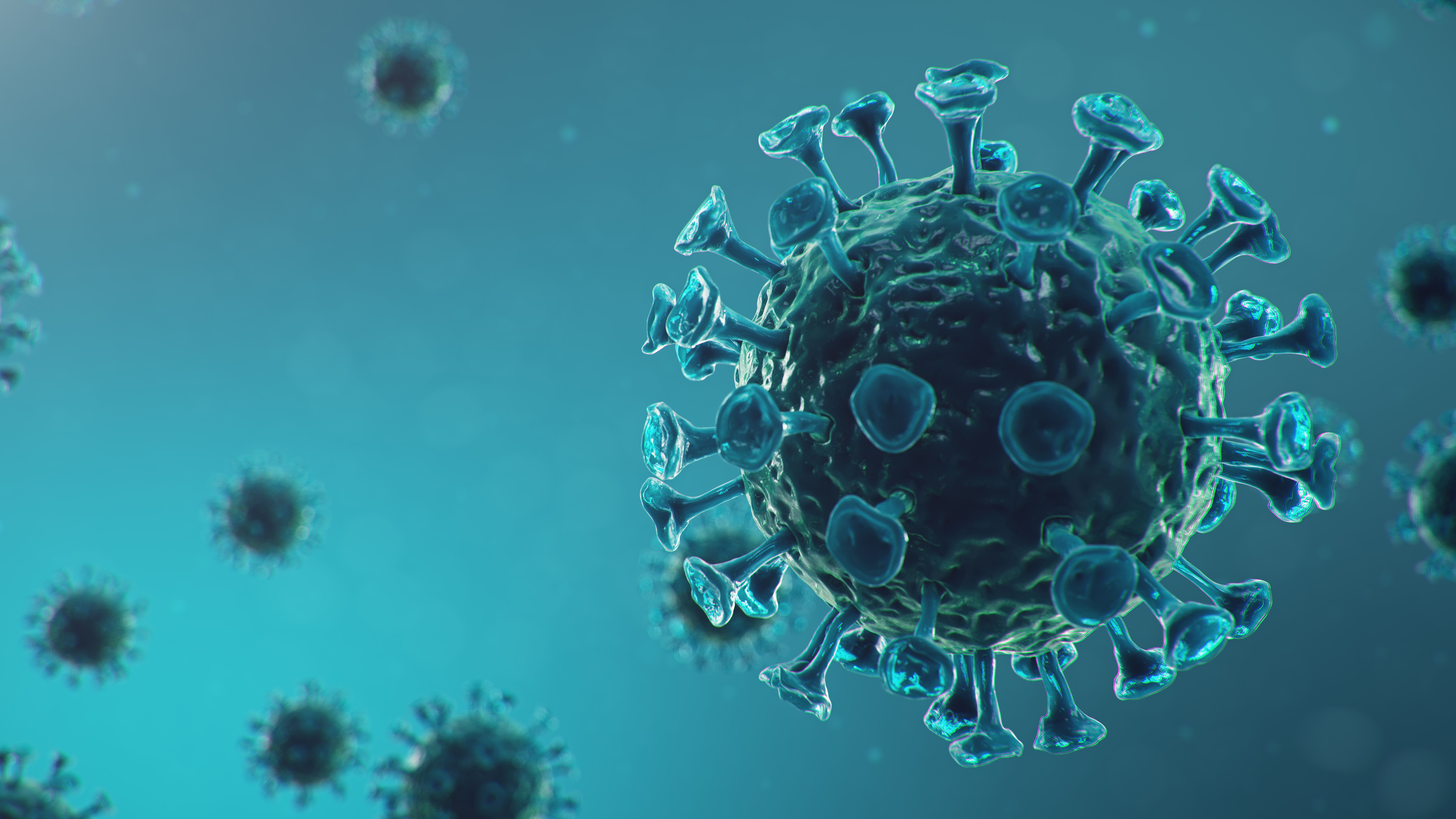
- Case-Based Roundtable
- General Dermatology
- Eczema
- Chronic Hand Eczema
- Alopecia
- Aesthetics
- Vitiligo
- COVID-19
- Actinic Keratosis
- Precision Medicine and Biologics
- Rare Disease
- Wound Care
- Rosacea
- Psoriasis
- Psoriatic Arthritis
- Atopic Dermatitis
- Melasma
- NP and PA
- Skin Cancer
- Hidradenitis Suppurativa
- Drug Watch
- Pigmentary Disorders
- Acne
- Pediatric Dermatology
- Practice Management
- Prurigo Nodularis
- Buy-and-Bill
News
Article
Reviewing Coverage of COVID-19- Related Research in Dermatology From the Past Year
Author(s):
It has been 4 years since the COVID-19 pandemic began. In the time since, there has been plentiful research regarding its implications in dermatology.
On March 11, 2020, the World Health Organization declared COVID-19 a pandemic. Days later on March 13, US officials declared a nationwide emergency. State shutdowns to prevent the spread of the virus began just 2 days after.1
Within just days, life as we knew it changed drastically.
In the 4 years since this whirlwind time, investigators worldwide have conducted extensive research to understand the spread, pathogenesis, and pathophysiology of the virus.
With changes in the health care landscape ranging from personal protective equipment, masking, and vaccinations, the dermatology field, too, has experienced significant changes. According to researchers, "The COVID-19 pandemic has triggered a significant range of dermatologic sequela."2
These sequela, along with the significant effects of the pandemic on society and the world, have prompted researchers to better understand the relationship between the COVID-19 virus and overall skin health.
This week, Dermatology Times is reflecting on the 4 years since the start of the COVID-19 pandemic. Today, we are beginning with a reflection on innovations and research related to COVID-19 and dermatology made within the past year.
COVID-19 Vaccination May Increase Risk of Pityriasis Rosea, Similar Eruptions
Additional studies are needed to adopt preventative measures and identify patients who may be deemed "at risk."
Case Study: Vitiligo Onset Following COVID-19 Vaccination
A study presented a unique case of sudden-onset vitiligo following the COVID-19 vaccination, along with a systematic review of existing literature to shed light on the potential link between vaccination and vitiligo development.
SARS-CoV-2 Associated With Increased Incidence of Psoriasis
In a cohort of patients in the UK, investigators found that SARS-CoV-2 was associated with increased incidence of several immune-mediated inflammatory diseases, with psoriasis among them.
Data-Driven Advice for Health Care Workers Experiencing Contact Dermatitis
Matthew Zirwas, MD, addressed solutions to the toll consistent handwashing, sanitizing, and wearing gloves can take on hands.
In Health Care Professionals, Skin Reactions Can Be Traced Back to PPE Use
Researchers found that use of personal protective equipment could be associated with skin problems; however, protective applications reduced these skin-related problems.
Skin Microbiome Diversity Lower With Soap and Water Compared With Hand Sanitizer Use
Using hand washing and alcohol-based hand sanitizer use during the COVID-19 pandemic as a baseline, researchers evaluated the effects of these behaviors on the skin’s microbiome.
Bullous Pemphigoid May Exacerbate, Onset Following COVID-19 Vaccine
Some patients with the condition may experience exacerbation or new onset.
Cynthia Elliott, MD, Discusses Correlation Between Cosmetic Procedures and the COVID-19 Pandemic
Physicians across the US saw an uptick in cosmetic procedures after workers returned to offices.
COVID-19's Impact on Treating Elderly Patients With Skin Cancer
Researchers said the pandemic played a role in healthcare providers’ ability to safely and promptly treat various skin cancers.
The Connection Between COVID Lung Lesions and Skin Lesions
Jack Arbiser, MD, PhD conducted research in a recent study to observe the impact R-propranolol has on broad-spectrum anti-coronavirus activity.
References
- Centers for Disease Control. CDC museum COVID-19 timeline. David J. Sencer CDC Museum: In Association with the Smithsonian Institution. Accessed March 15, 2024. https://www.cdc.gov/museum/timeline/covid19.html
- Pendlebury GA, Oro P, Haynes W, Merideth D, Bartling S, Bongiorno MA. The impact of COVID-19 pandemic on dermatological conditions: A novel, comprehensive review. Dermatopathology (Basel). 2022;9(3):212-243. Published June 29, 2022. Accessed March 15, 2024. doi:10.3390/dermatopathology9030027
2 Commerce Drive
Cranbury, NJ 08512
All rights reserved.






